Current Projects
Country: Peru
Showing 1 - 18 of 18
18 results found
To enhance national-level institutional and technical capacities for the 2021-2022 UNCCD reporting process in the context of the UNCCD Strategic Framework 2018-2030 and SDG15.3
Facilitate the implementation of the Stockholm Convention in participating countries through the development, review and update of the NIPs and submission to the Conference of the Parties (COP) of the Convention
Implementing the Strategic Action Program (SAP), promoting Integrated Water Resources Management (IWRM) and source-to-sea approaches, to improve ecological, social and economic benefits and, enabling the countries to meet their relevant SDG and convention
To enable country Parties to collect necessary biophysical, socioeconomic data, establish sound reporting and monitoring systems at national level and report against the UNCCD Strategy
Develop Peru’s institutional and human capacities to meet reporting requirements of the enhanced transparency framework of the Paris Agreement
Project Objective: Financial resources for the ASGM sector are secured to transition to mercury-free mining techniques
Strengthen national capacities for effective implementation of the access to genetic resources (ABS) and traditional knowledge (TK) regimes in accordance with the Nagoya Protocol on Access to Genetic Resources and the Fair and Equitable Sharing of Benefits Arising from their Utilization, contributing to the conservation of biodiversity and human wellbeing in the country.
Create and strengthen conservation caucuses of Members in national congresses of Colombia, Mexico, and Peru to build political will for enhanced management of natural resources for development and conservation.
To Assist GEF-Eligible Parties to the Cartagena Protocol on Biosafety to prepare and make timely submission of their Third National Reports on measures that each party has taken to implement the Protocol in line with Article 33.
To strengthen the capacity for implementation of the updated POPs Global Monitoring Plan (GMP) and to create the conditions for sustainable monitoring of POPs in the Latin American and Caribbean Region
To support the development of national fuel economy policies in 20 countries, 6 countries through GEF-5 STAR Allocations and 14 without GEF funding, using existing tools developed with GEF-4 support (examples are the fuel economy baseline calculation methodology and online GFEI toolkit). In addition, to support coordination of the 20 country projects at the regional level to ensure that results are disseminated to other countries within the region. This will result in reduced vehicle fleet CO2 emissions in these 20 countries inline with the Global Fuel Economy Initiative's target of a 50% improvement of the overall global fleet fuel economy by 2050.
To accelerate transformation of the lighting market in Peru through enhanced promotion and implementation of the utilization of energy saving lamps (ESLs) and the phasing-out of incandescent lamp (ILs) imports and sales.
To have a workable and transparent national biosafety framework in place in Peru that will contribute to the conservation and sustainable use of biodiversity by enabling full implementation of the Cartagena Protocol on Biosafety (CPB) and of national biosafety regulations.
The development objective is to contribute to the effective protection and sustainable use of the water and land resources of the Amazon Basin, based upon the principles of integrated water resources management (IWRM), and manage the effects of climate change (CC) within Amazonian communities in a coordinated and coherent way. This will be accomplished by the eight signatory countries of the Amazon Cooperation Treaty, within the framework of the ACTO, through a program of strategic interventions. Project’s specific objective is to elaborate a Strategic Action Program (SAP) for the Amazon Basin and create the necessary enabling social-economic environment for the future implementation of the SAP, inclusive of strategic measures relating to adaptation by the countries to the effects of global climate change on the Basin.
Accelerate Minamata Convention compliance through better understanding of mercury trade trends in Latin America and promotion of regional cooperation towards an improved control of major mercury flows
To reduce plastic pollution in Peru by accelerating the transition towards a circular economy in the food and beverage industry
To get a common understanding of the Amazon Aquifer Systems (AAS) (TDA), the invisible giant, to strengthen existing regional governance, and to develop and endorse an integrated groundwater management approach (SAP) for its protection and sustainable use, thereby enhancing water security and ecosystem resilience in the Amazon region.
The objective of the project is to provide participating countries targeted financial and technical support to prepare new or updated TNAs, including Technology Action Plans (TAPs), for prioritized technologies that reduce greenhouse gas emissions, support adaptation and/or enhanced resilience to climate change impacts, and are consistent with Nationally Determined Contributions (NDCs), National Adaptation Plans (NAPs) and national sustainable development objectives
Showing 1 - 18 of 18




